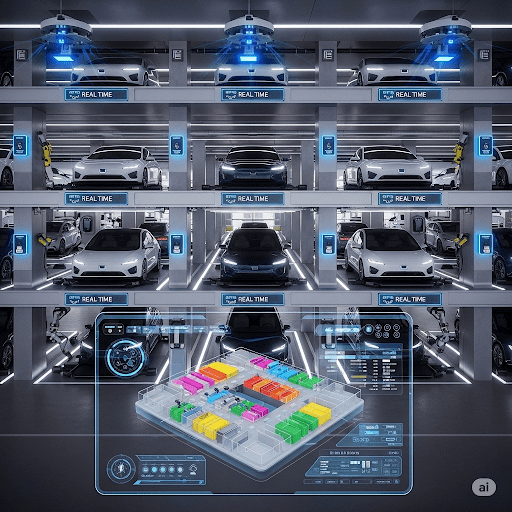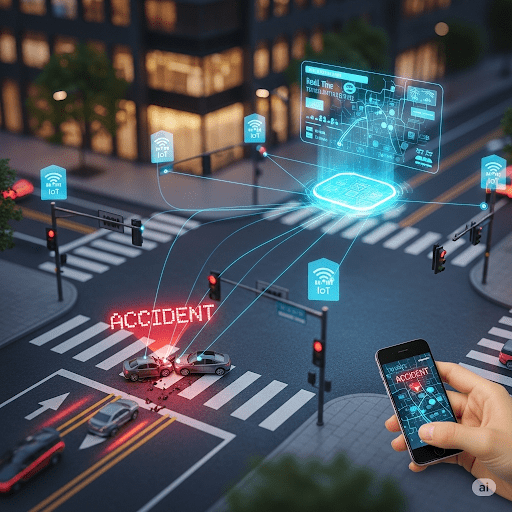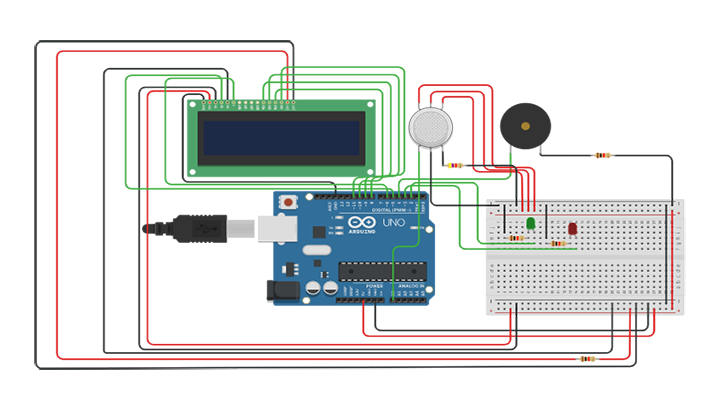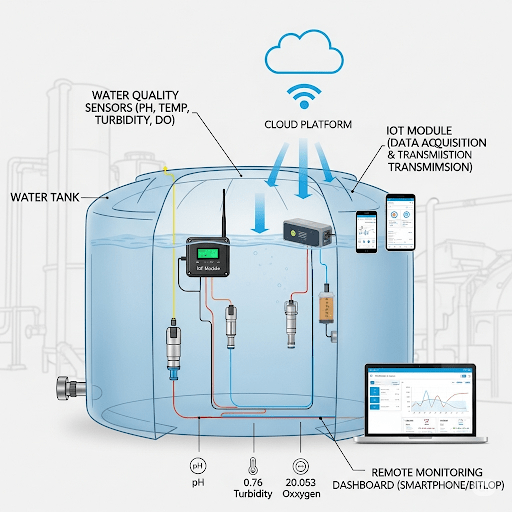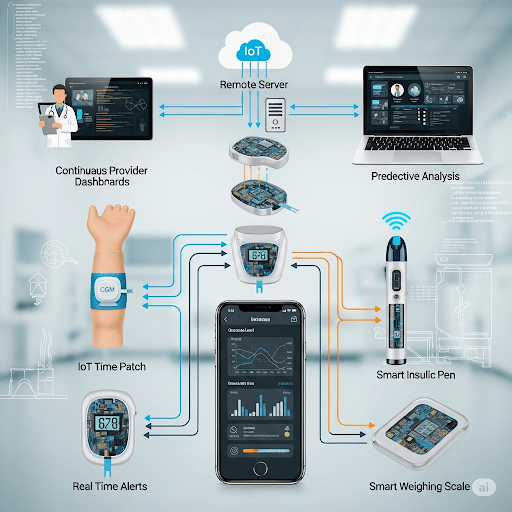Smart Dustbin for Clean City IOT Based Project
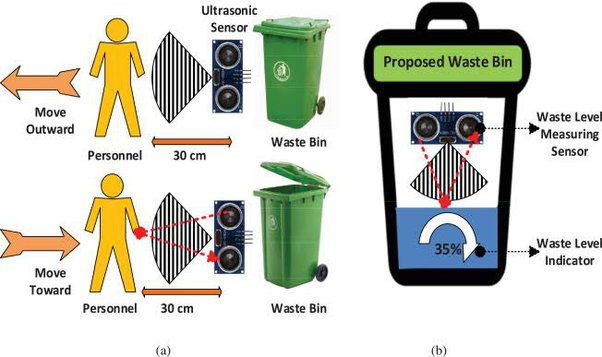
In the modern era of smart technology, efficient waste management is a significant concern, particularly in urban areas. This project introduces an innovative smart dustbin system designed to enhance hygiene, convenience, and efficiency in waste disposal. The core of the system is an ESP8266 microcontroller, which manages the entire operation and facilitates connectivity to the cloud for real-time monitoring. The smart dustbin utilizes an ultrasonic sensor to detect the presence of a person and determine the level of waste inside the bin. When a person approaches, the sensor triggers the servo motor to automatically open the lid, ensuring a touch-free experience. Once the person moves away, the lid closes, minimizing the risk of contamination and promoting better hygiene.
The smart dustbin is also equipped with a buzzer that provides auditory feedback during the lid's opening and closing operations. This feature ensures that users are aware of the dustbin's actions, enhancing the overall user experience. The ultrasonic sensor continuously monitors the waste level inside the bin. When the bin reaches its full capacity, the system sends a notification to the cloud, which can be accessed by users through a web interface. This real-time data allows users to monitor the dustbin's status remotely, ensuring timely waste disposal and preventing overflow, which can lead to unsanitary conditions.
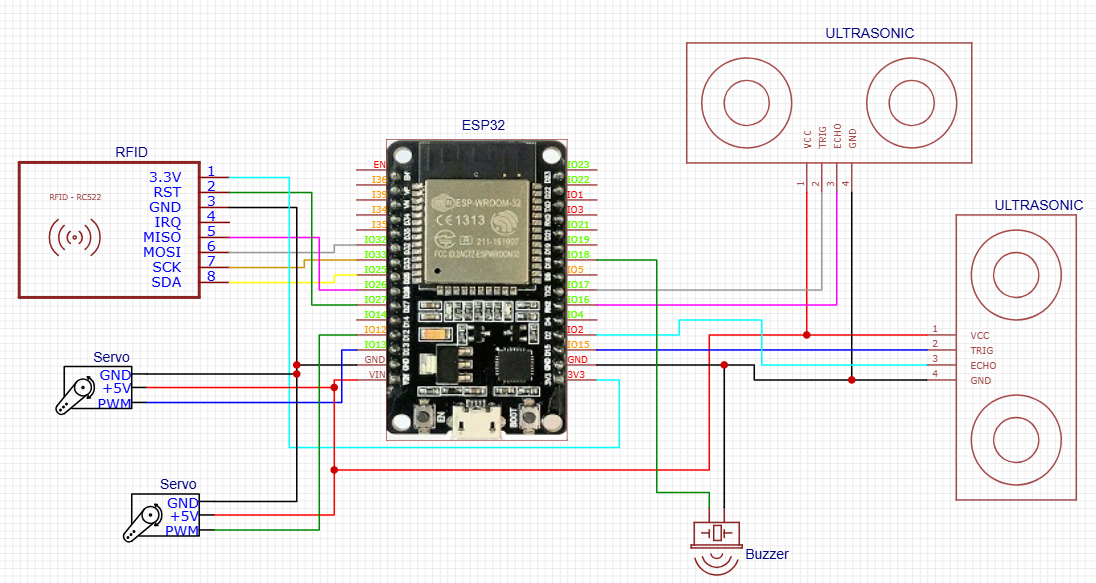
The integration of the ESP8266 microcontroller with cloud connectivity offers significant advantages in terms of remote monitoring and management. Users can receive alerts on their devices, view the fill level of multiple dustbins in different locations, and plan waste collection schedules more effectively. This smart dustbin system not only improves the efficiency of waste management but also contributes to a cleaner and healthier environment. By leveraging modern technology, this project aims to provide a practical solution to urban waste disposal challenges and promote sustainable living practices.
Related project idea for free
Smart car Parking System in Kigali - Rwanda
This dissertation examines an IoT-based smart car parking system used in Rwanda. Rwanda is a nation that has to be intelligent in a variety of areas, including agriculture, health, and transportation, particularly in terms of parking. People are affected by a variety of parking issues, including...
Read more>>Accident Detection Based On IoT
Road accidents frequently result in damage, injuries, or fatalities and happen unexpectedly and without warning. Through the elimination of the time lag between the accident's incidence and the initial medical emergency, this research aims to lower the fatality rates following an accident. A mach...
Read more>>IoT based toxic gas detection and level of landfill - Case study: NDUBA LANDFILL
As the world's population expands, so does the amount of waste. Most landfills release harmful pollutants into the air and into the homes of those who live nearby. Effective landfill management is necessary to protect both the environment and human health and wellbeing. The findings of the litera...
Read more>>IoT based remote monitoring of water quality in tanks - Case of WASAC
Water is regarded as a basic requirement for humans in their daily lives. It is required in a variety of settings, including the home, the workplace, the manufacturing sector, the hospital, and others. The quality of the water needs to be closely monitored on a regular basis and effectively if on...
Read more>>Design and implementation of an IoT-Based diabetes remote monitoring system
Real-time diabetes remote monitoring uses Internet of Things (IoT) technology to measure blood glucose levels, heart rate, blood pressure, and body temperature. Typically, a self-management system for diabetes is designed to detect the presence of particular molecules, particularly hyperglycemia,...
Read more>>
